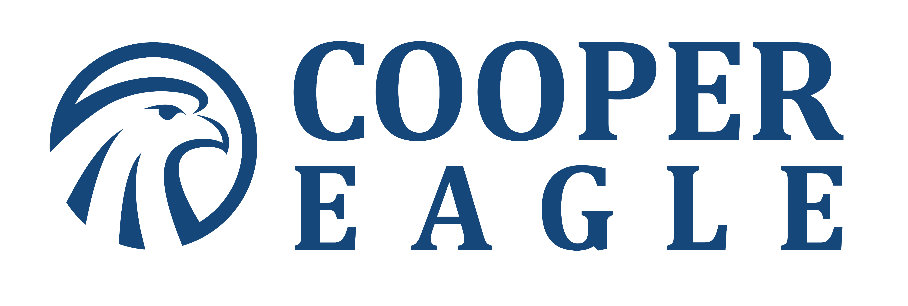The 2024 Guide to Maximizing Your HSA
As we navigate through the complexities of healthcare planning, it's crucial to stay informed about the tools available to us for managing our health-related expenses efficiently. One such powerful tool is the Health Savings Account (HSA), a vehicle that not only offers tax advantages but also fosters a proactive approach to healthcare management. Cooper Eagle is here to guide you through the 2024 HSA contribution limits, reflecting the latest adjustments by the IRS, and to underscore the importance of HSAs in your financial and health planning strategy.
Understanding Health Savings Accounts (HSAs)
HSAs serve a dual purpose: they offer a way to save for current health care expenses while providing an avenue to accumulate funds for future medical needs. The beauty of HSAs lies in their flexibility and the tax advantages they offer, including tax-deductible contributions and tax-free withdrawals for qualified medical expenses. However, to reap these benefits fully, one must adhere to the IRS's rules, particularly regarding contribution limits.
2024 HSA Contribution Limits
In a significant move by the IRS, the HSA contribution limits for 2024 have been adjusted upwards, marking the most considerable increase since the inception of HSAs in 2004. This adjustment, influenced by inflation rates, allows individuals and families to allocate more funds into their HSAs, enhancing their capacity to manage healthcare expenses.
For individuals, the contribution limit has been set at $4,150, up from $3,850 in 2023. Families will see their contribution cap rise to $8,300, an increase from the previous $7,750 limit. It's a timely enhancement that acknowledges the growing costs associated with healthcare and the need for more robust savings mechanisms.
Furthermore, for those aged 55 and older, an additional catch-up contribution of $1,000 remains in place, empowering individuals nearing retirement to bolster their health savings.
The Continuous Roll-Over Benefit of HSAs
A distinguishing feature of HSAs is the rollover capability of the funds. Unlike use-it-or-lose-it policies seen in other health-related savings accounts, the HSA ensures that all contributions roll over year after year. This feature not only mitigates the pressure to spend down the account by year-end but also encourages a long-term savings mindset towards healthcare.
Why This Matters
The adjustments in HSA contribution limits reflect a broader recognition of the challenges many face in saving for healthcare expenses. By increasing these limits, the IRS provides taxpayers with an enhanced capacity to set aside funds for health care, potentially easing the financial burdens of medical care now and in the future.
Taking Action
As the healthcare landscape continues to evolve, staying ahead with informed financial planning becomes even more critical. The increase in HSA contribution limits for 2024 presents an opportunity to reassess and potentially augment your healthcare savings strategy.
Cooper Eagle invites you to schedule a consultation or meeting with our financial advisors. Together, we can explore how to optimize your HSA contributions within the context of your broader financial and healthcare planning goals. Leveraging these changes effectively can lead to significant benefits, both now and in your future.
Embrace this opportunity to fortify your healthcare savings with Cooper Eagle's guidance. Your health and financial well-being are our priority, and we're here to navigate this journey with you.







